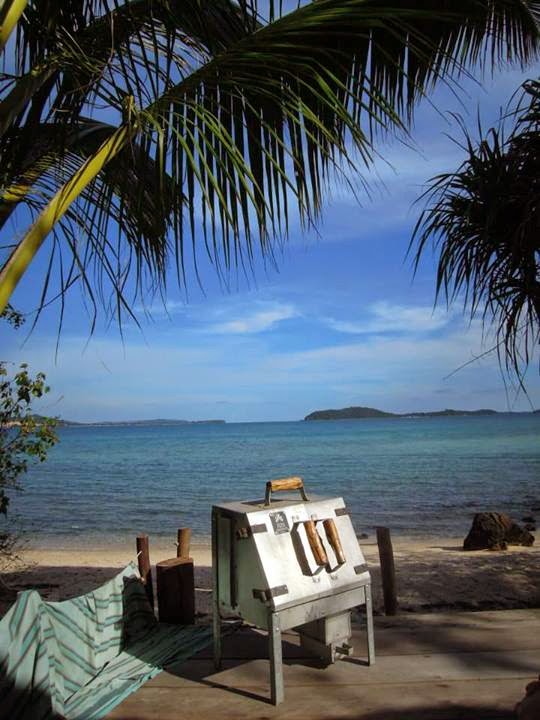 |
| Scouting for potential aerial seeding areas - S.W. Kenya. |
Renewable Energy Solutions Kenya
From detailed research on the production, management and processing of firewood and charcoal. To new and original designs of charcoal and wood fueled stoves and ovens, Cookswell Enterprises, continues to pioneer clean, affordable, energy alternatives to all people. 24hr Jiko Hotline and Customer care number: +254 700 380 009 or email us at cookswelljikos@gmail.com
4.3.16
The Solution of Surplus - Aerial tree seeding for lower cost landscape scale tropical forest restoration.
Labels: smell-o-vision,
aerial seeding,
aerial tree seeding,
aerial tree seeding proposal,
charcoal,
cookswell R&D,
geoengineering,
kenya,
landscape restoration,
quadcoptors,
R44,
robots,
robots planting trees
21.9.15
The Seed-to-Ash Energy Cycle A Brief Guide to Biomass Energy Farming and Utilization in Kenya

The Seed-to-Ash Energy Cycle
A Brief Guide to Biomass Energy Farming and Utilization in Kenya
•Correct management and utilization of biomass is key to enhancing the efficiency of what can be a carbon neutral, environmentally friendly green energy solution for East Africa, the seed-to-ash-cycle.
•The most glaring loophole in the bio-energy system in Kenya is the general lack of widespread re-afforestation of wood energy crops.
•Use and knowledge of ‘fireplace technologies’ i.e. energy saving stoves, well managed open fire’s, drying firewood etc. needs to be further disseminated and the importance amplified.
•Knowledge and practice of dynamic holistic harvesting and processing of woodfuels needs to be more widely practiced. Charcoal making is a skilled artisan’s task, much like plumbing or mechanical work, training is extensive in order to achieve a high level of efficiency and sustainability. (and charcoal makers can become some of the best treeplanters)
•Structured implementable government policies focusing on opening new avenues of monetary incentives for good land husbandry practices. Training and certification is a must.
•Emergency re-afforestation efforts must be undertaken immediately to prevent further degradation of Kenya’s (and our neighbors’) environment. Widespread aerial tree seeding as practiced in China, Canada and the Philippines needs to be undertaken as soon as possible.
•Small scale polyculture agroforestry for Food, Fuel and Fodder following holistic management plans is already gaining widespread acceptance in rural areas but must be upscaled.
•Enabling those engaged in the seed-to-ash cycle, real opportunities to access money from carbon credits, will improve successful adaptation to climatic change and global warming among those it detrimentally affects most.
Labels: smell-o-vision,
africa,
charcoal kenya tree planting energy green,
climate change,
education,
energy,
energy green,
green,
planting,
tree,
tree planting
17.8.14
Renewable Energy Solutions Kenya: Cookswell Jikos around the world - see below for a...
Renewable Energy Solutions Kenya: Cookswell Jikos around the world - see below for a...: Namibia, New Zealand, Tanzania, Somalia, United Kingdom, Cambodia, United States of America, Haiti, Ghana, Holland, the Democratic Repu...
16.8.14
Ready for fun Summer grilling - here is a great grill guide to help - thanks Megan!
Labels: smell-o-vision,
bbq,
charcoal.,
grilling,
kenya,
partselect.com
27.6.14
Cookswell Jikos around the world - see below for a list of countries where people are saving energy and eating well!
- Namibia, New Zealand, Tanzania, Somalia, United Kingdom, Cambodia, United States of America, Haiti, Ghana, Holland, the Democratic Republic of Congo and of course Kenya - please scroll through the below pics and guess where each one is :)
 |
| Namibia |
 |
| Nairobi |
 |
| Switzerland |
 |
| Geneva |
 |
| Cousin Chris in Phoenix, AZ |
 |
| Cousin Chris in Phoenix, AZ |
 |
| USA! |
 |
| South Tanzania |
 |
| even we are not sure where this is.... |
 |
| New Mexico |
 |
| Vihiga, Kenya |
 |
| Holland |
 |
| Holland |
 |
| Def. Holland |
 |
| Kenya looking at Kilimanjaro |
 |
| Richards Camp, Maasai Mara |
 |
| Richards Camp Maasai Mara |
 |
| Lost in the Sahara! |
 |
| Tanzania! |
 |
| Kenya |
 |
| Dominican Republic |
 |
| England |
 |
| England |
 |
| Accra Ghana |
 |
| Accra Ghana |
 |
| JKIA Kenya |
 |
| A jiko safari suit |
 |
| Peace Hotel II Mogadishu Somalia |
 |
| Tanzania |
 |
| Angkor Wat Cambodia |
 |
| Mac Lai Lake Congo |
 |
| Seattle USA |
 |
| Yorkshire England |
 |
| Brizzil England! |
 |
| Arizona |
 |
| Kabete Nairobi |
 |
| South Coast Kenya |
 |
| Cambodia |
 |
| Kitengela Kenya |
 |
| Stephans House in the Hague. |
 |
| Wellington New Zealand |
 |
| Timau Kenya |
Jambaini, Zanzibar
 |
| Jambaini, Zanzibar |
 |
| Jambaini, Zanzibar |
Labels: smell-o-vision,
baking,
baking on charcoal,
cambodia,
clean cookstoves,
cookswell,
haiti,
holland,
kenya,
namibia,
USA
Subscribe to:
Comments (Atom)






































